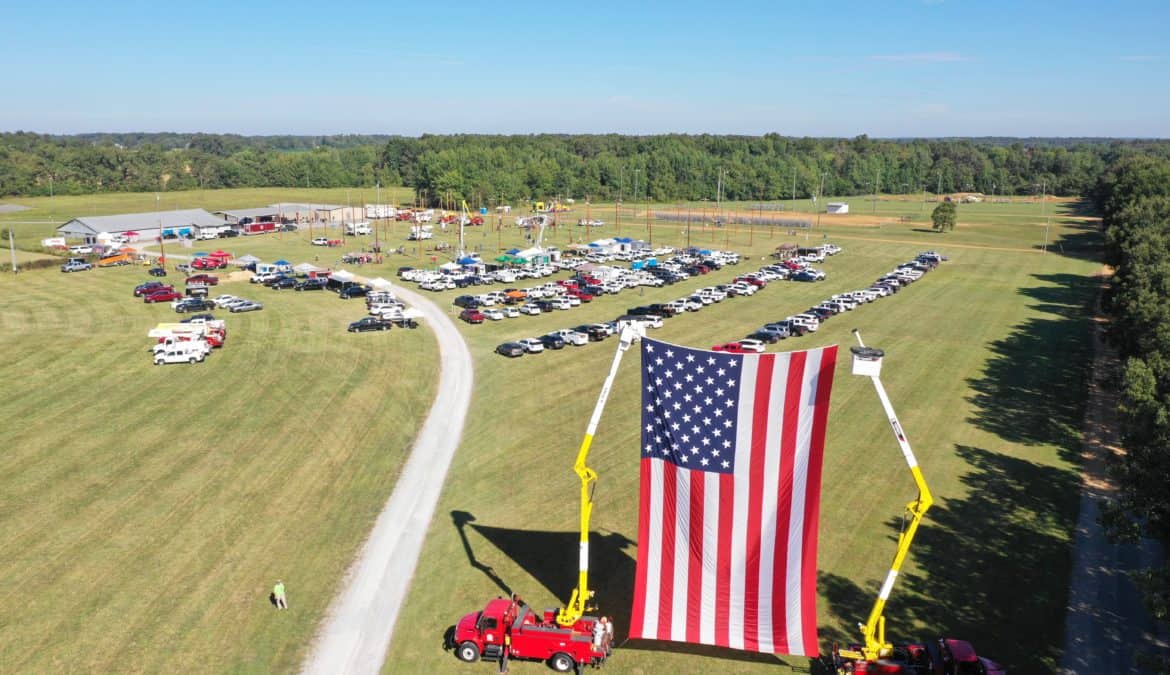How to keep hackers out of your home so you can enjoy the internet
Cyber criminals are only getting better. They don’t need any help.
If your online password is 1-2-3-4, or you click on links in your Facebook feed without being sure where they lead, it’s time to click your inner “refresh” button for some system maintenance.
Electric cooperatives across Kentucky and the nation are marking National Cybersecurity Awareness Month in October with reminders to members.
Co-ops protect the private information of members and ensure hackers don’t tamper with the reliability of the electric grid, but consumers have a lot at stake, too. Think about losing all the photos on your smartphone or having bank or credit card information stolen from your computer.
“Cyber criminals attack the easiest targets for the least amount of work,” says Chris Hayes, chief technology officer for the Kentucky Association of Electric Cooperatives.
“That’s why consumers are twice as likely to be attacked than companies,” Hayes explains. “Consumers can take a few basic steps to reduce their risk of becoming a target and to protect their information.”
Mix it up
Don’t use the same password or password reset questions for multiple online accounts.
Hayes warns that hackers often target less important accounts to get access to the account information of more secure accounts. Prevention methods such as two-factor authentication can be set up to prevent unauthorized access.
“Your fantasy football league could be used to pry open your checking account,” Hayes says.
Just hang up
“A computer or software company will never call you to let you know you have a virus or issue with your computer,” Hayes says. “Scam artists call and say your computer has a virus, and then try to walk you through steps to clean it up. That typically involves installing an actual virus or convincing you to pay for something where they steal your money.”
Attachment issues
Do not click on any link or attached files unless you know where it will take you.
A lot of the computer hacking problems you hear about in the news result from people clicking on links or attached files that infect their computers or mobile devices. Emails are often disguised to look like they are coming from your best friend, so simple diligence can be extremely beneficial.
Hayes suggests the best method is to verbally confirm with the sender that they sent the email and attachment.
Prevent defense
Install and use virus protection, but remember it’s not a failsafe. With modern viruses and spyware, anti-virus cannot be solely trusted to protect your data.
Don’t put that in your mouth, you don’t know where it’s been
Be cautious with USB flash drives.
“Never use flash drives that you find or are given from unknown sources,” Hayes says.
“Viruses can be loaded on the drives and then left in public areas for the unsuspecting user who picks up the drive and plugs it into their computer. Be wary of plugging into public computers. Online cloud storage is a great alternative.”
Calling for back up
Make sure you have a current copy of everything on your computer or mobile device. Every few weeks, transfer the contents to an external storage system that is stored in a separate location. Even better, consider a cloud-based system as your primary, which automatically backs up daily, and an external backup drive as your secondary.
What if your computer or phone was lost or stolen? Recent computer attacks involve ransomware that locks your computer and threatens to delete or prevent access unless you pay a ransom to the hackers. The FBI does not recommend paying a ransom to the adversary unless all other options have been exhausted and it is absolutely necessary. Paying a ransom does not guarantee the victim will regain access to their data.
Weakest link
Secure all your internet-connected devices by keeping them up to date with the most recent software updates and make sure each device has a secure password. Hackers have started invading wireless printers and baby monitors that work through the internet. These devices tend to have extremely weak, preset passwords that you probably don’t even notice. Any internet-connected device is vulnerable—smart TVs, cameras, voice-activated speakers, thermostats, video games, fitness bracelets, internet-connected refrigerators, and light bulbs.
What’s the matter with kids today?
Instruct children not to share information such as birth dates, ID numbers, vacation plans, accounts, and passwords.
“Kids frequently share Netflix accounts, which may have the same password or information as other accounts,” Hayes says. “Learn to use parental control options on your hardware and software.”
To learn more about National Cybersecurity Awareness Month and to view additional cybersecurity tips, visit StaySafeOnline.org.
By Joe Arnold




























